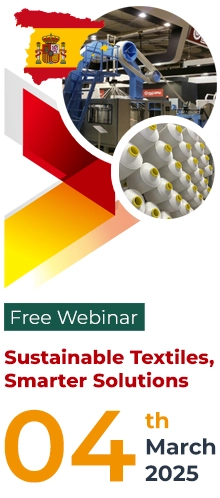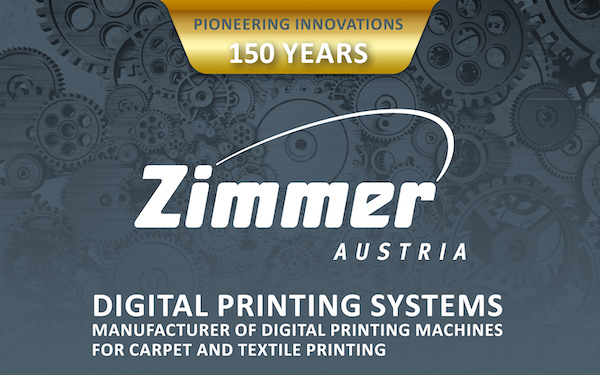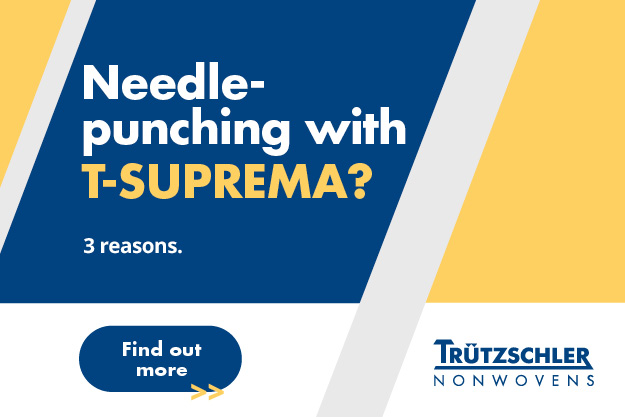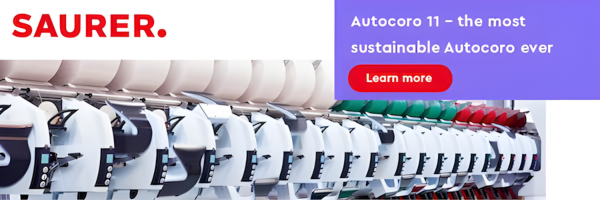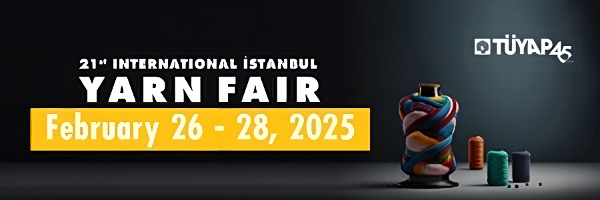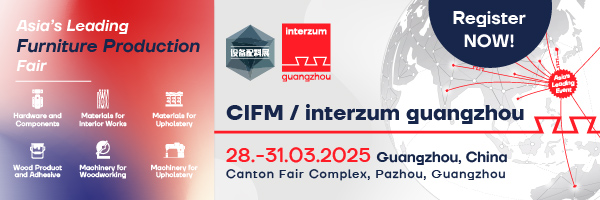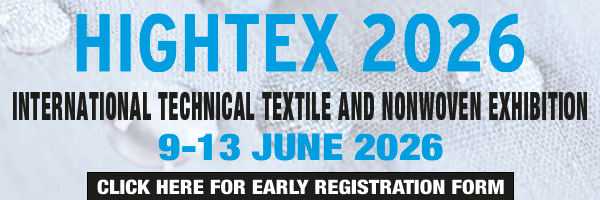In below you can read a technical interview with Carolin Russ (Product Management Textile, Tissue & Nonwoven) and Jayanta Sanyal (Head of Technical Sales and Processes – Textile Industry) from WEKO company during the VDMA Webinar named Sustainability With Minimal Application:
Q: Which fabric types did you use in your trials? Woven or Knitted fabrics?
A: Woven. But we also have knit and terry towel installation with great success regarding softening.
Q: How did the energy-saving and power-saving was calculated?
A: Based on less heating energy that is consumed or based on the speed increase.
Q: How you make sure the spray effect is absolute homogeneous over the fabric width? How about the overlapping of two rotors – will there be a higher pick-up in this overlapping area?
A: They’re different systems available. With screen like SIGMA: releasing only a part of the spray creating a fan each rotor. These fans are can be overlapped two, three or four times depending on the distance to the web material. This distance is very important since it has to meet the intersection of the fans.
Q: What is the lifetime of the rotative disc?
A: This depends. When only used with water the average is 3-4 years. At some customers, we saw 10years old ones
running. When used with chemistry it depends on the type. When harming the material it can be less. Very strong alkaline is such a case. For this, we offer special material. Also if substances clog the surface it can influence the lifetime. Same topic with cleaning. Hardly scrubbed of deposits can change the surface roughness of the disc.
Q: How to prevent the tool to be clogged?
A: Regular and proper cleaning/rinsing. Do not let deposits dry. Do not use chemistry that clogs very fast.
Q: Maximum viscosity allowed
A: 100mPas*s according to our experience
Q: If we have a width shorter than the tool, do we need to use the full width of the equipment? Waste of chemical?
A: No. The full equipment will be supplied but the format can be set to a smaller width. All liquid that is not sprayed
onto the web/fabric will be recollected, recirculated and reused. No waste.
Q: Can we use rotor spray for any material?
A: Yes, because the application is contactless. The systems are used in other industries like nonwoven, plastic film,
wood panels, paper, printing, metal boards.
Q: What kind of chemicals are used for that?
A: We can use chemistry that is water-based, shear-stable, low viscose, non-foaming. We can pretest your chemical.
Q: Is there any limitation of applying hydrophobic chemistry for example water & oil repellent?
A: In our experience foam is sometimes an issue, but this can be handled due to chemical adaption in cooperation with the chemical industry. The advantage is to work single side only.
Q: How do you see future trends in the case of technology?
A: Saving resources like water, energy, etc. Create more flexibility.
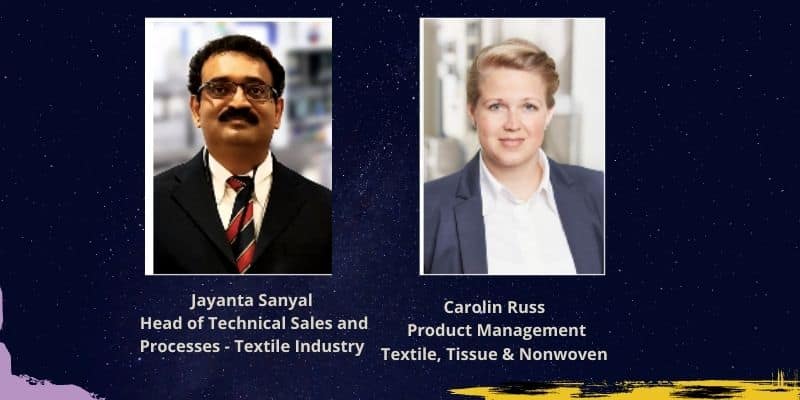
Q: What‘s the changeover time between batches? How many time to change from 1 bath to other bath?
A: Depends on the type of batches and on the installation layout of the machine. If pipe ways are short system can be emptied very fast. If ionic character is different proper rinsing is mandatory. Rinsing time and cycles can be programmed by the operator. Only down pumping, filter cleaning and refilling without rinsing can take approx. 15 min.
Q: Automatic cleaning system between batches?
A: Depending on needs and chemistry used. Rinsing can be programmed/customized.
Q: What type of finishing products we can not apply with WEKO? (softeners, binders, resins, optical brighteners, etc)
A: All products that match our requirements that are water-based, shear-stable, low viscose, non-foaming. About binders, the reactivity and film formation has to be observed since this is not supposed to happen in the circulation as it would clog it. Chemistry has to be chosen carefully. In our Technology Center, we offer pre-testing in this case.
Q: What is the maximum Width in each model?
A: Up to 7m width
Q: Can the curing of softeners be conducted if the WEKO-SIGMA is installed before open width compacting machine? The 120-degree temperature of each cylinder?
A: Yes, you can place WEKO-SIGMA in front of open width compactor. Since it is only spraying the moisture/softener onto the fabric the curing is related to the machine/process afterwards. Considering a minimal application with less moisture also leads to steam saving.
Q: The curing and polymerization is only achieved via stenter or a compacting (two large-diameter cylinders)
A: From my understanding contact curing (polymerization) is uncommon as it can contaminate the cylinders. To come to an answer we have to understand which chemistry is used. Curing in the stenter can be speed up with less chambers when applying less pick-up as fabric temperature rises faster.
Q: How do you solve the clogging problem on your spray technology.* especially for quick dry binder?
A: In general we do not recommend using such a product. Film formation is not allowed to take place in circulation. Therefore this process has to extended (chemical adaption) or the product is not suitable for spraying. We recommend to use binding systems that react slow or even at high temperatures or can be activated by any means.
Q: It is for fabrics only? do you have any solutions for functional yarn and threads?
A: You can also spray on a yarn sheet.
Q: You showed comparisons with padder application- Consistnany is also same in both applications?
A: Target is that the products performance is as per customers requirement. Since spray application means a surface treatment no full penetration is there. It has to be evaluated if a surface finishing is sufficient or not.
Q: Squeezing is not used, so pick up values should be low, do you have any suggestions about this?
A: This depends on the required products performance. Average around 25%. In the end a certain amount of chemistry has to fulfil a performance. Trials will show how the recipe has to be adapted.




